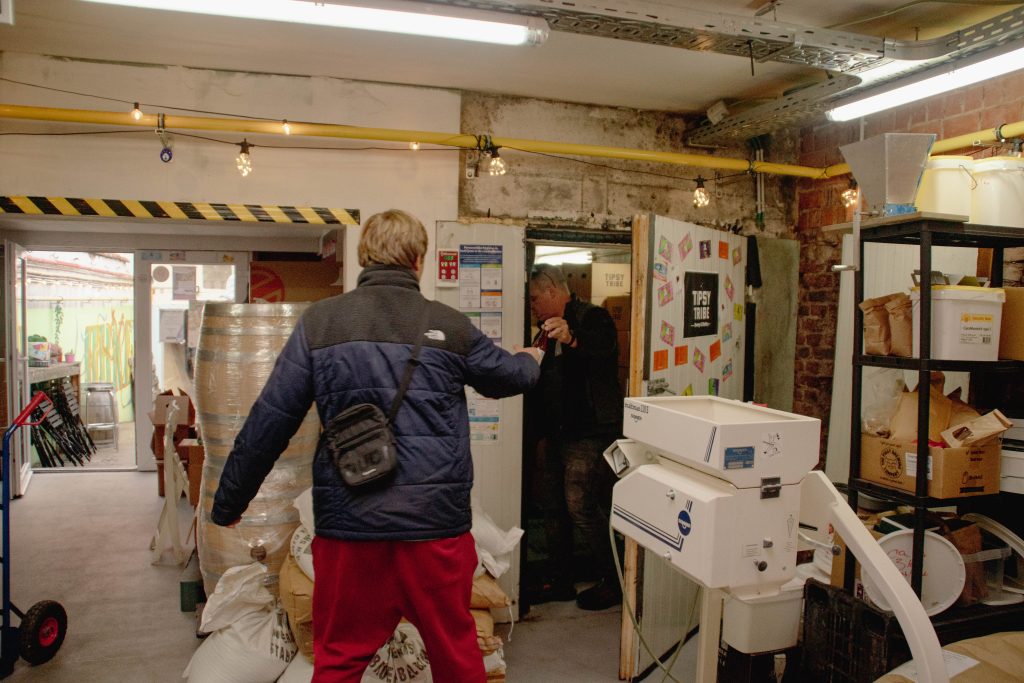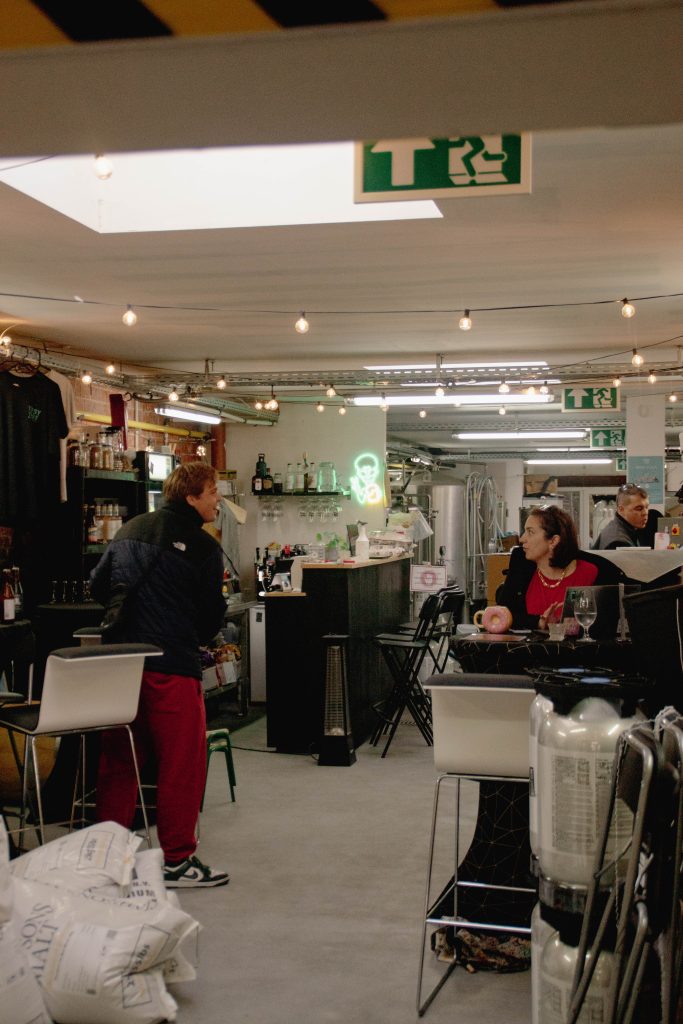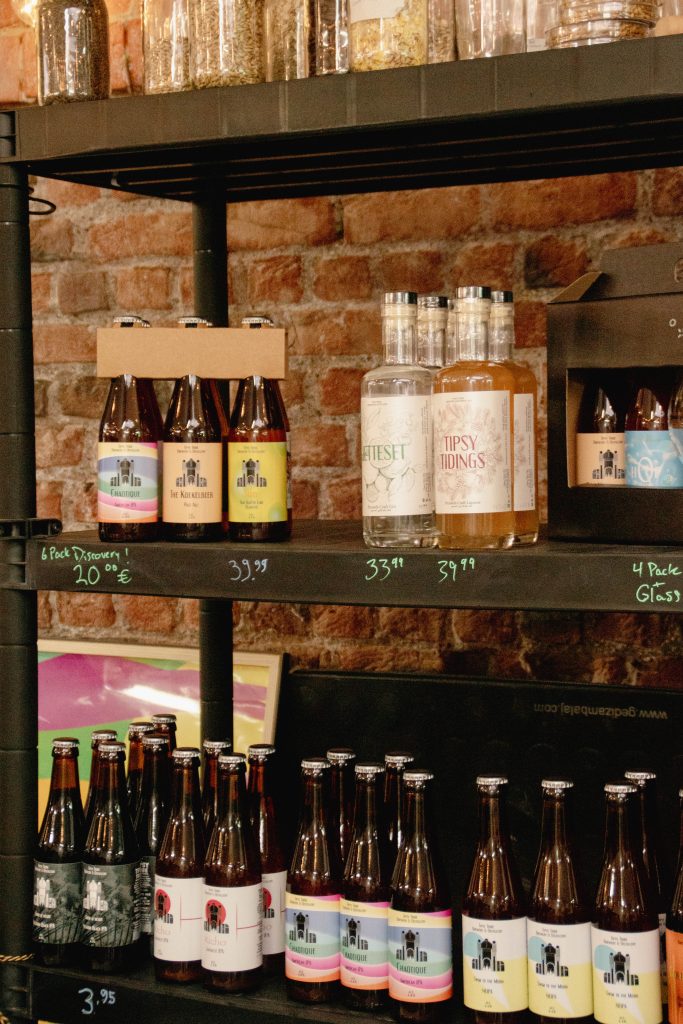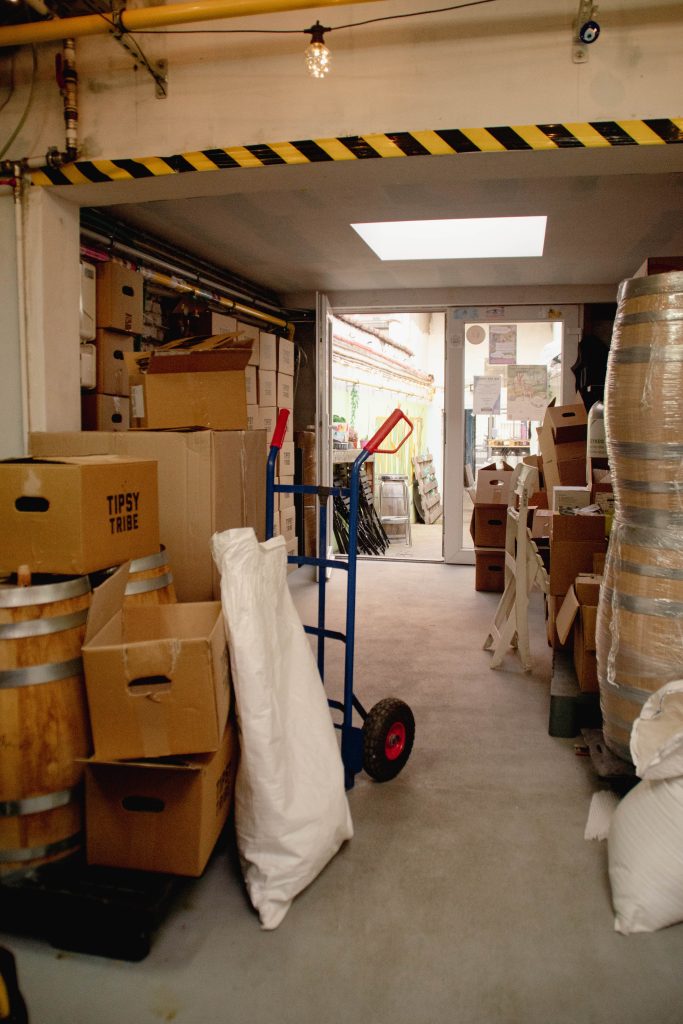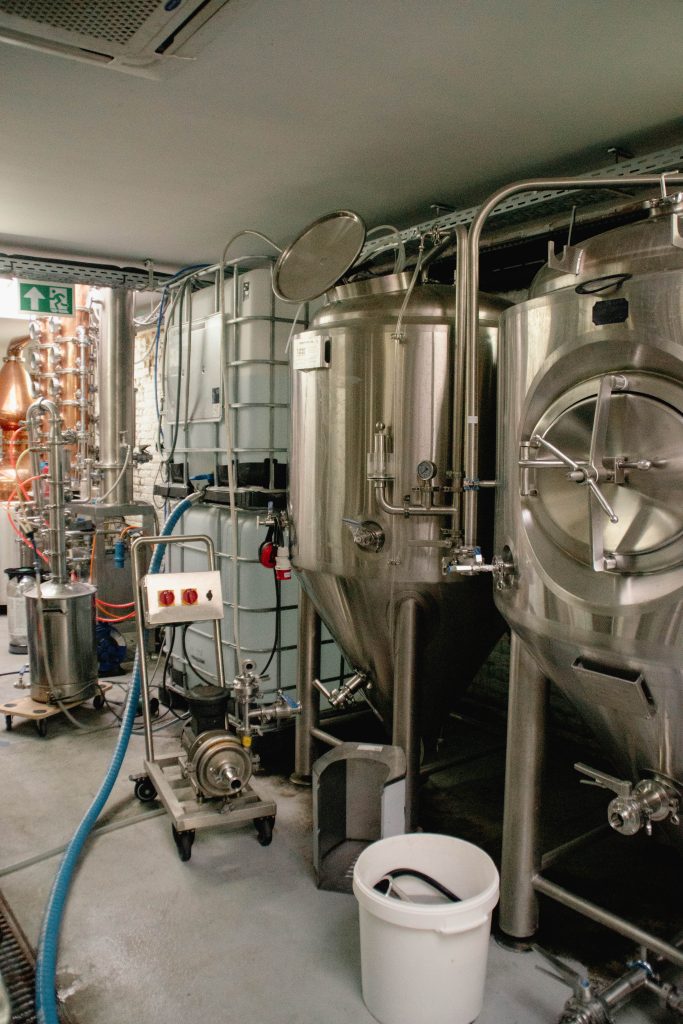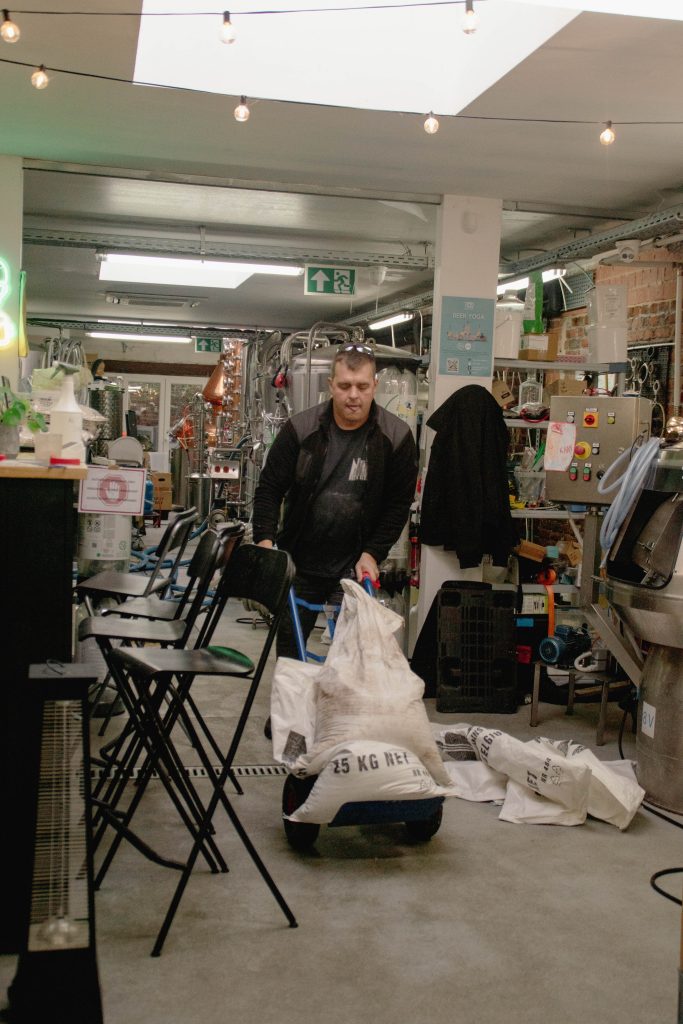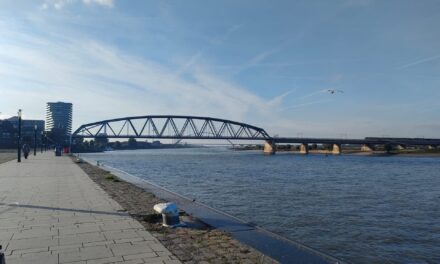Beer is, at it’s core, a simple product: water, grain, hops, and yeast. Yet the environmental impact of this seemingly straightforward drink is anything but small. Breweries are doing everything they can to make the process greener, but the question remains: how sustainable can beer brewing truly become?
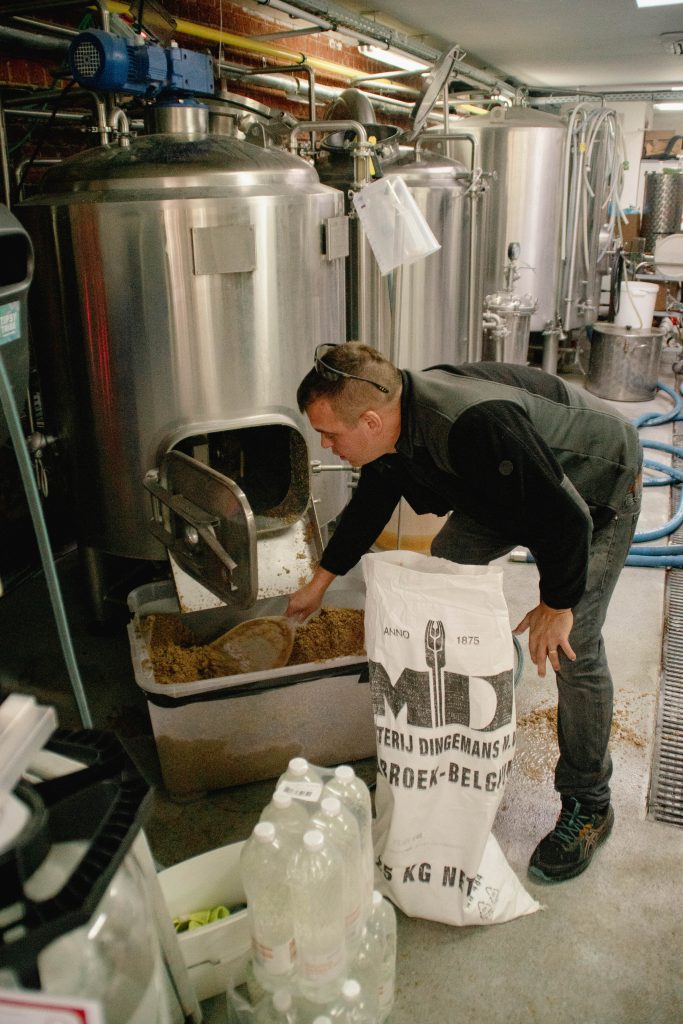
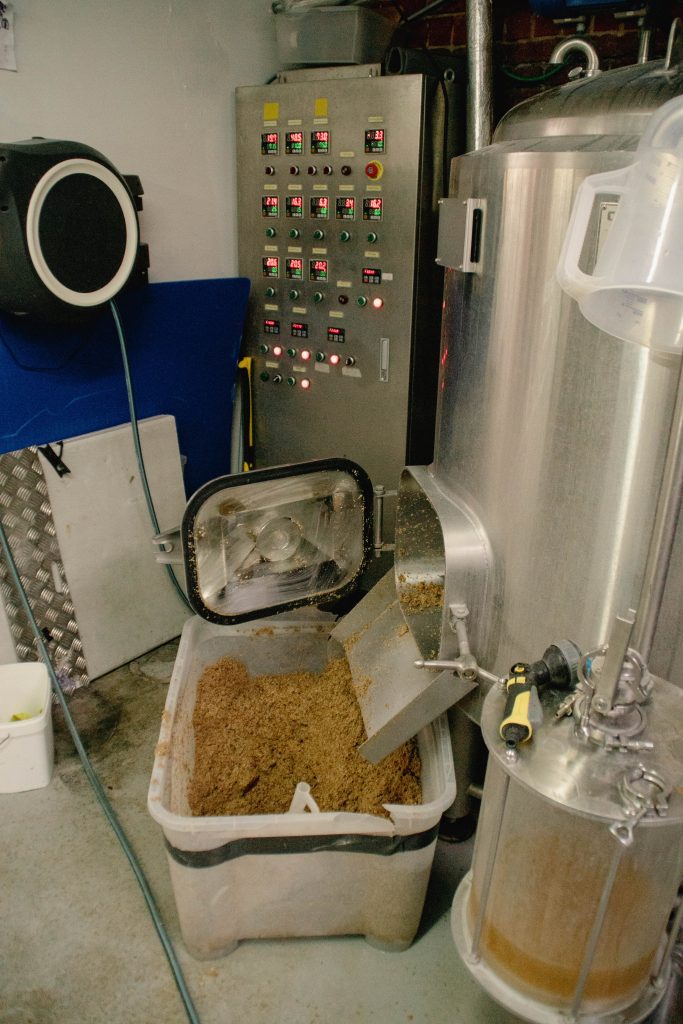

The Footprint of Beer
During the brewing process itself, malting, mashing, boiling, cooling, and cleaning, water use averages between four and six liters per beer. But when the full supply chain is included, such as the cultivation of barley and hops, the water footprint can rise to 45 to 155 liters per glass, depending on the region. The CO₂ emissions are significant as well: globally, a single beer produces roughly 0.8 to 1.3 kilos of CO₂, with packaging alone accounting for up to forty percent of that total.
Sustainability in the beer sector is shaped not only by the brewing process itself but largely by the surrounding ingredients, packaging, and logistics; up to ninety percent of total water use occurs during the agricultural phase, leaving breweries with limited influence over irrigation, transport, and cultivation methods, even when they source locally and work closely with farmers.

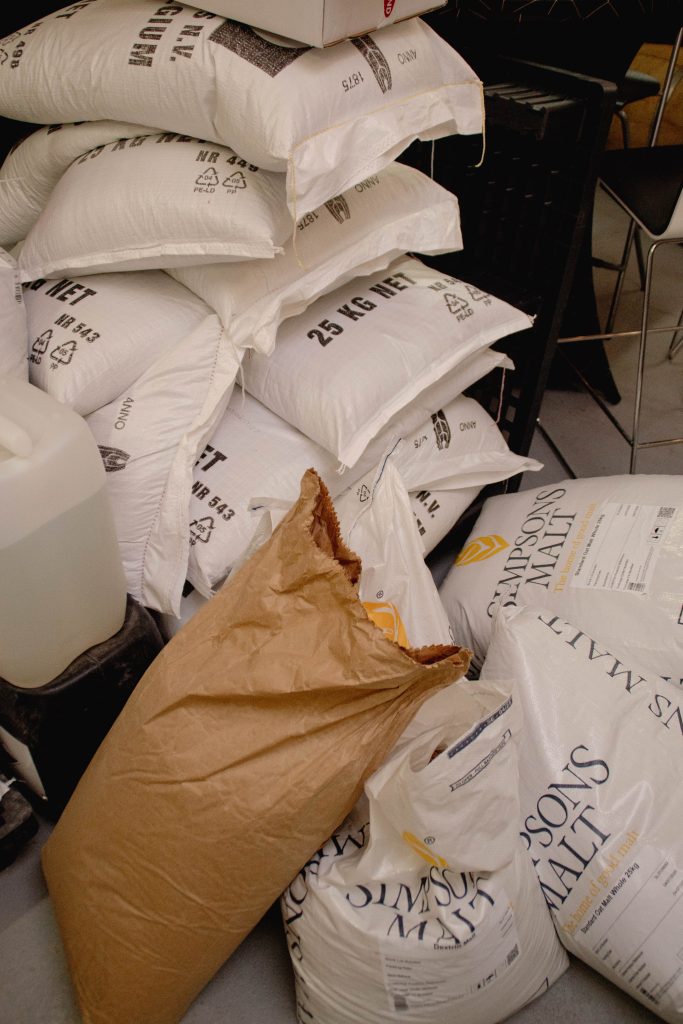
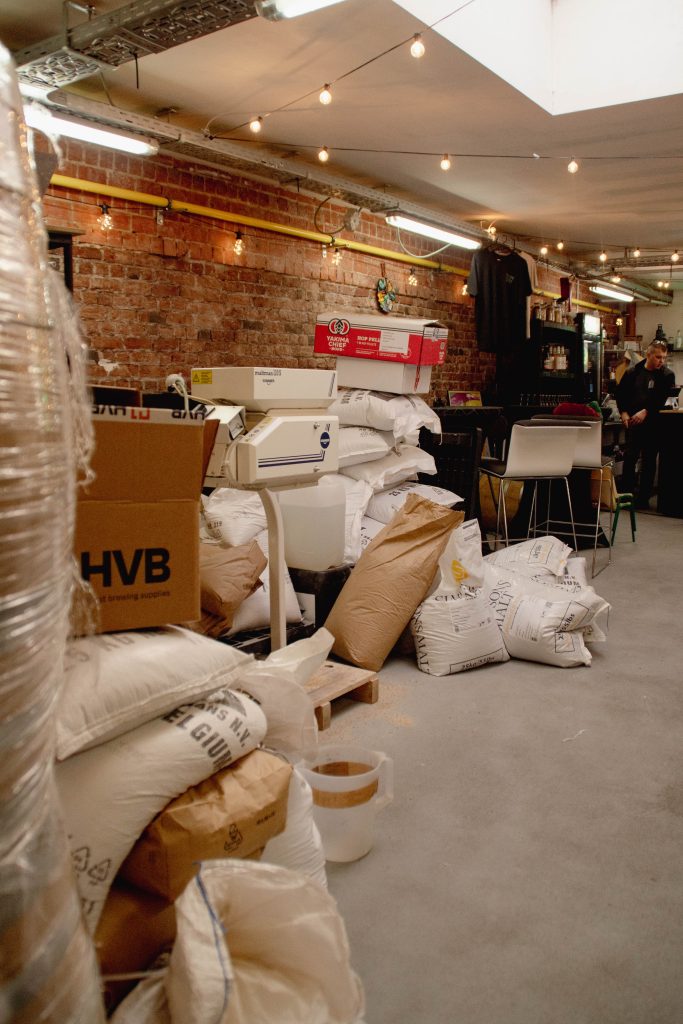
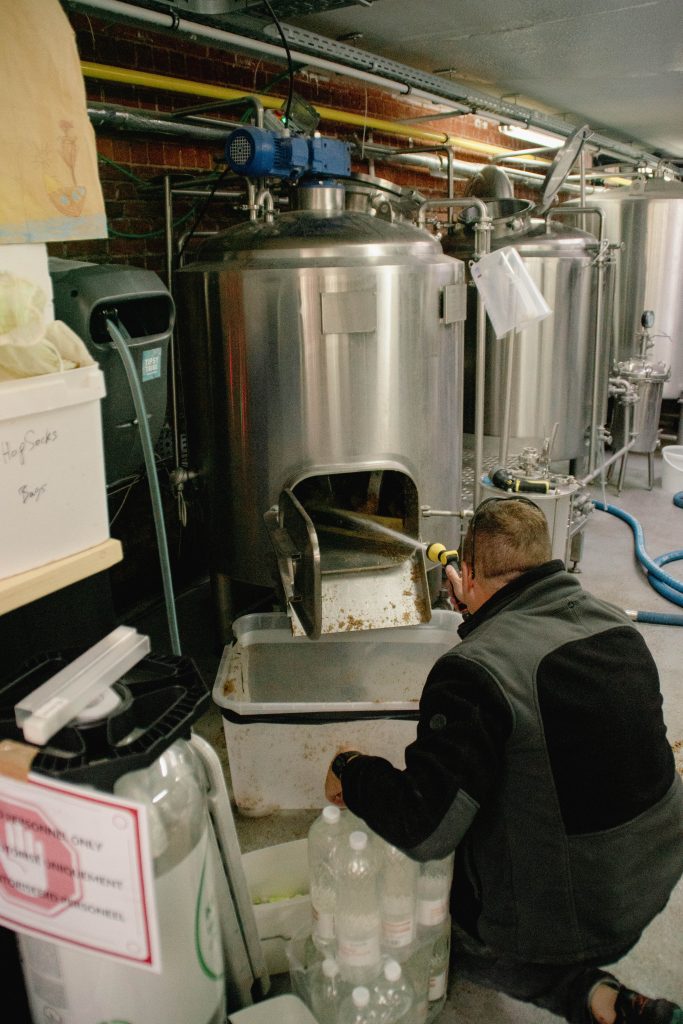
Scale Matters
Scale also plays a role: small breweries find that investments in sustainable measures are more expensive per liter of beer than for large producers. And while some major brewers manage to reduce their water use to around 2.8 liters per liter of beer, it is much harder for small-scale breweries to reach that level. On top of that, the agricultural phase remains largely beyond their direct influence. Packaging and transport add further weight to the overall environmental impact: glass, cans, and kegs can account for up to 40 percent of the beer’s total CO₂ footprint.
Creative Sustainability in Practice
Yet some breweries are taking creative steps toward greater sustainability. At Tipsy Tribe, a Brussels-based brewery and distillery, sustainability is a conviction deeply embedded in the company. ‘We reuse our waste streams as much as possible,’ says founder Aylin Fastanau. ‘The grains we use go to a local farmer who uses them as animal feed.” They also try to save energy: solar panels cover the roof, and reverse osmosis is used to filter and reuse city water. ‘We reuse the discharged water wherever we can. It’s extra work, but it’s part of who we are.’
Despite all their sustainable measures, Aylin acknowledges that sustainability is challenging, especially within the large, or rather small, scale of her company. ‘Large companies can invest easily; we have to be more creative. Certifications, such as an organic label, would help prove our efforts, but they are barely affordable for us. ‘An organic certification is really expensive. We prefer to spend that money on concrete improvements.’ That’s why Tipsy Tribe mainly relies on practical solutions, such as second-hand installations, reusable packaging boxes, and shared transport with other breweries. ‘We know we can’t be fully sustainable,’ she says. ‘But we try to do a little better every day.’
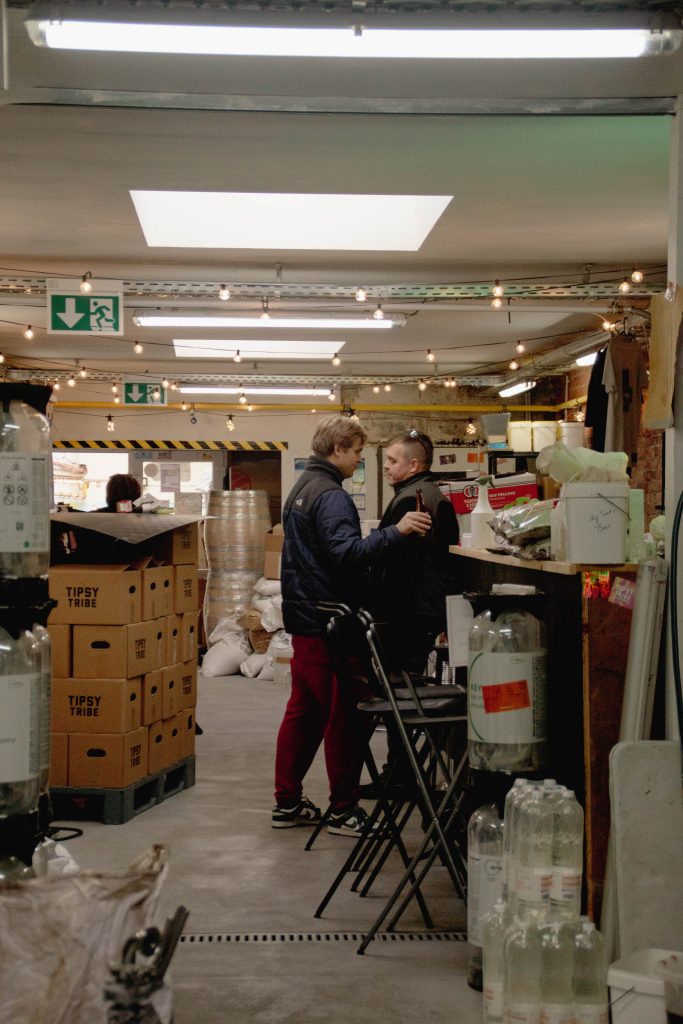
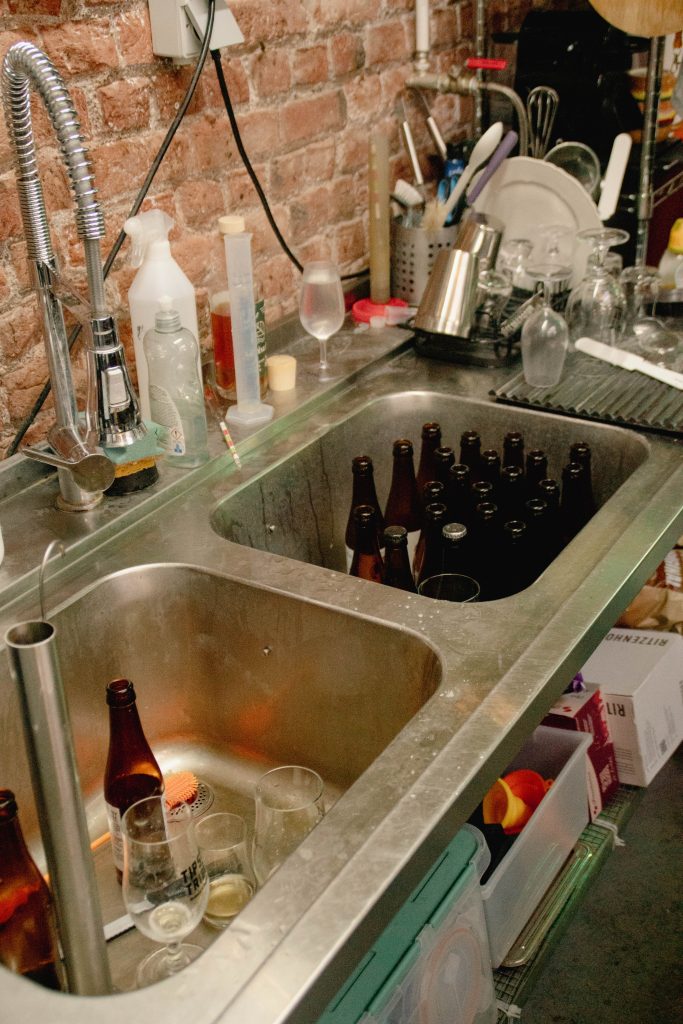
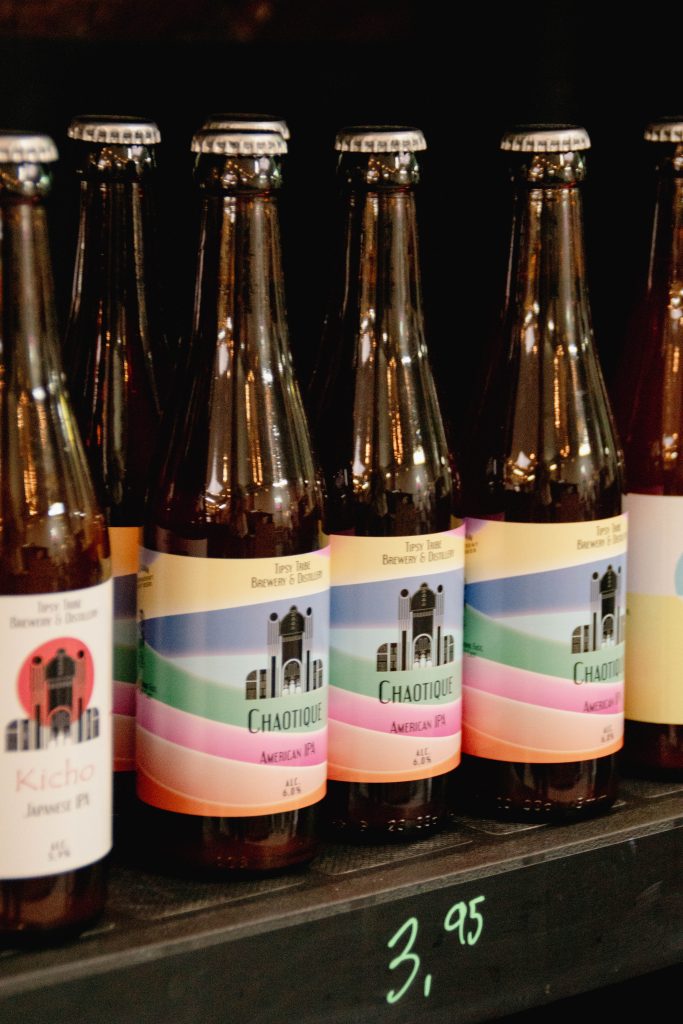
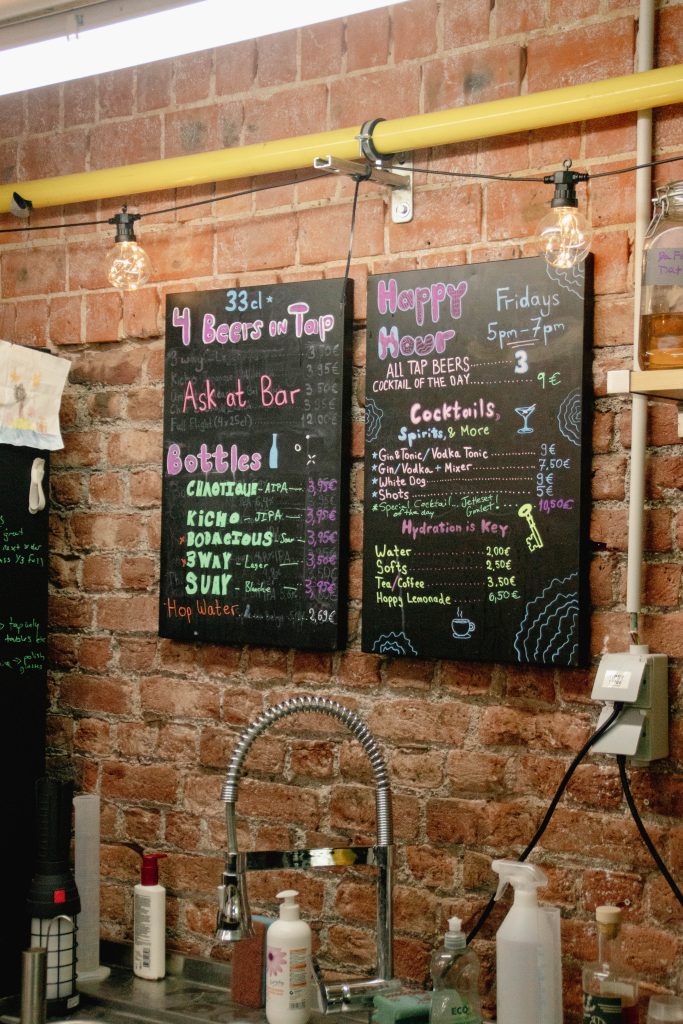

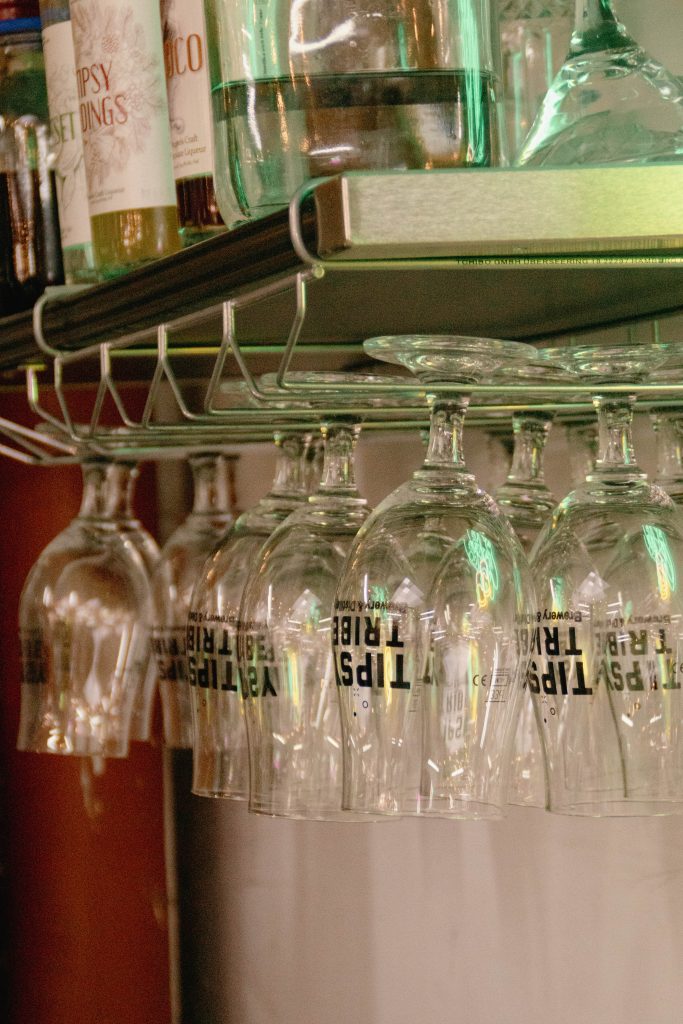
A Continuous Journey, Not a Destination
The process of brewing beer can be made more sustainable, but full sustainability remains a challenge. This is especially true because the largest environmental impact lies in agriculture, packaging, and logistics – aspects that are often beyond the brewers’ control. For brewers, the opportunities for sustainability therefore lie primarily within their own operations, aiming to work as efficiently and circularly as possible. Beer will always have an environmental impact, and the path to sustainability will never be perfect. But steps can be taken, as long as the will and creativity are present.
